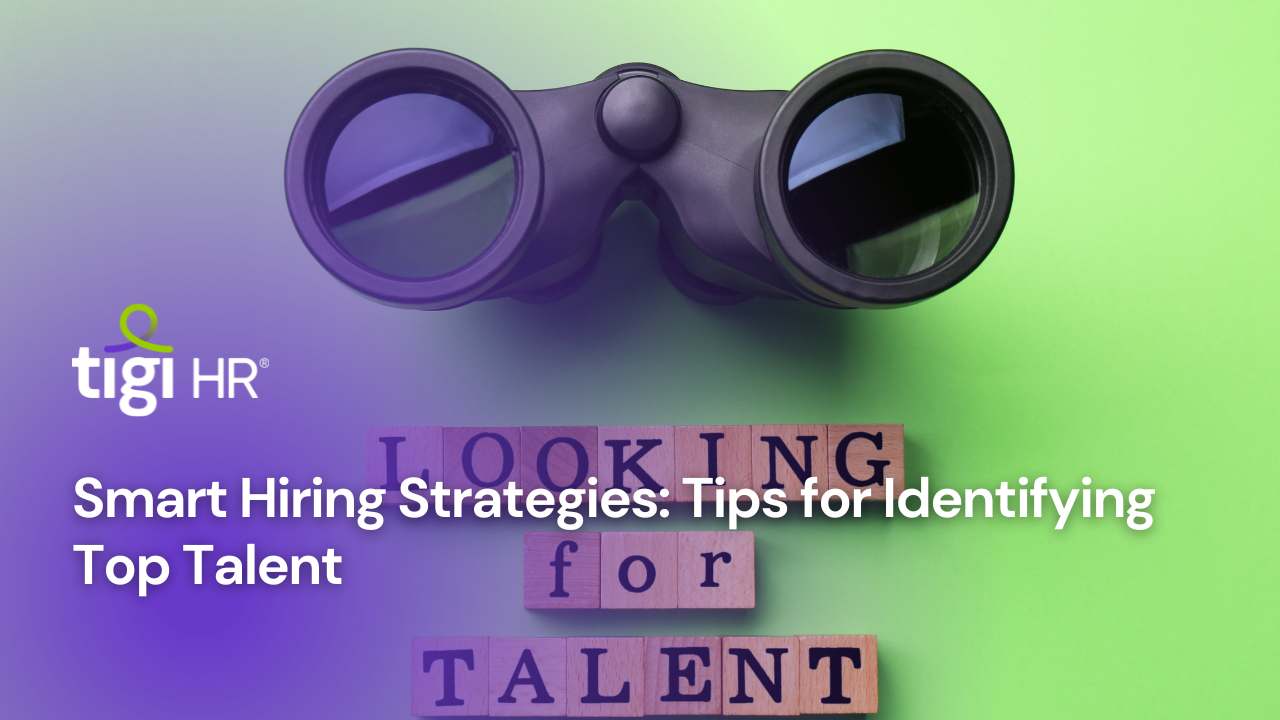In today’s fiercely competitive job market, identifying and attracting top talent is the cornerstone of a company’s success. Hiring the right people not only enhances productivity but also contributes significantly to a company’s culture and innovation. However, the process of identifying and recruiting top talent has evolved considerably, demanding strategic and innovative approaches. This article explores smart hiring strategies, offering tips and insights to help organizations effectively identify and recruit the best candidates.
Understanding the Need for Strategic Hiring
As the business landscape rapidly changes, organizations need adaptable, skilled, and forward-thinking individuals to thrive. According to a survey by LinkedIn, 82% of leaders believe that culture and engagement are crucial for a company’s success. Therefore, hiring individuals who not only possess the required skills but also align with the company’s values and culture is imperative.
Crafting a Compelling Employer Brand
A strong employer brand can significantly impact a company’s ability to attract top talent. Potential candidates often research a company before applying, and a positive brand image can make a considerable difference. Statistics from Glassdoor reveal that 75% of job seekers consider a company’s reputation before applying for a job.
To enhance the employer brand:
- Share Employee Stories: Highlight success stories and experiences of current employees to showcase the positive aspects of working within the organization.
- Offer Competitive Benefits: Competitive salaries, healthcare benefits, flexible work hours, and professional development opportunities are attractive incentives for potential candidates.
- Emphasize Company Values: Embrace transparency by highlighting the company’s values, mission, and commitment to diversity and inclusion.
Leveraging Advanced Technology in Recruitment
Technology has revolutionized the recruitment process, offering tools and platforms that streamline hiring procedures and identify top talent efficiently. Applicant Tracking Systems (ATS), for instance, help in managing applications, screening candidates, and identifying the most suitable matches for a position.
Moreover, leveraging Artificial Intelligence (AI) in recruitment has gained traction. AI algorithms can analyze resumes, assess skills, and predict a candidate’s potential success within the organization. According to IBM, using AI in the recruitment process has resulted in a 50% reduction in time spent on candidate sourcing and screening.
Embracing Data-Driven Decision-Making
Data analytics plays a pivotal role in making informed hiring decisions. Utilizing data from various sources, such as past recruitment efforts, candidate performance metrics, and market trends, enables companies to identify patterns and make data-driven decisions.
For instance, analyzing employee retention rates based on the recruitment source can help determine the effectiveness of different hiring channels. This data-driven approach assists in optimizing recruitment strategies and investing resources where they yield the best results.
Implementing Structured Interview Processes
Traditional interviews may not always provide an accurate assessment of a candidate’s skills and suitability for a role. Implementing structured interviews with standardized questions and evaluation criteria minimizes biases and ensures a more objective assessment.
Additionally, incorporating situational or behavioral questions allows candidates to showcase their problem-solving abilities and alignment with the company’s values. Studies indicate that structured interviews are twice as effective in predicting job performance compared to unstructured interviews.
Prioritizing Soft Skills and Cultural Fit
While technical skills are essential, soft skills and cultural fit are equally crucial for a candidate’s success within an organization. According to a survey by CareerBuilder, 93% of employers consider soft skills as important as or more important than hard skills.
Fostering a positive work environment requires individuals who can collaborate, communicate effectively, and adapt to changing circumstances. Assessing soft skills during the interview process through behavioral questions and simulations can reveal a candidate’s interpersonal abilities, emotional intelligence, and problem-solving skills.
Engaging in Continuous Talent Development
Identifying top talent doesn’t end with the hiring process. Continuous talent development is vital to nurture and retain exceptional employees. Providing learning and growth opportunities not only enhances employee satisfaction but also ensures a pool of skilled individuals capable of taking on higher responsibilities within the organization.
Investing in training programs, mentorship initiatives, and career development plans demonstrates a commitment to employees’ growth, fostering loyalty and a sense of belonging.
Conclusion on Smart Hiring Strategies
In today’s dynamic business landscape, identifying and attracting top talent requires a strategic and multi-faceted approach. Crafting a compelling employer brand, leveraging advanced technology, embracing data-driven decision-making, implementing structured interviews, prioritizing soft skills and cultural fit, and engaging in continuous talent development are key strategies that can significantly enhance the recruitment process.
By adopting these smart hiring strategies, organizations can not only attract top talent but also build a diverse and high-performing workforce, driving innovation, and propelling the company toward sustained success in the ever-evolving market.
Remember, hiring the right talent is not just about filling positions; it’s about shaping the future of the company by bringing in individuals who not only have the necessary skills but also resonate with the company’s values and vision.





